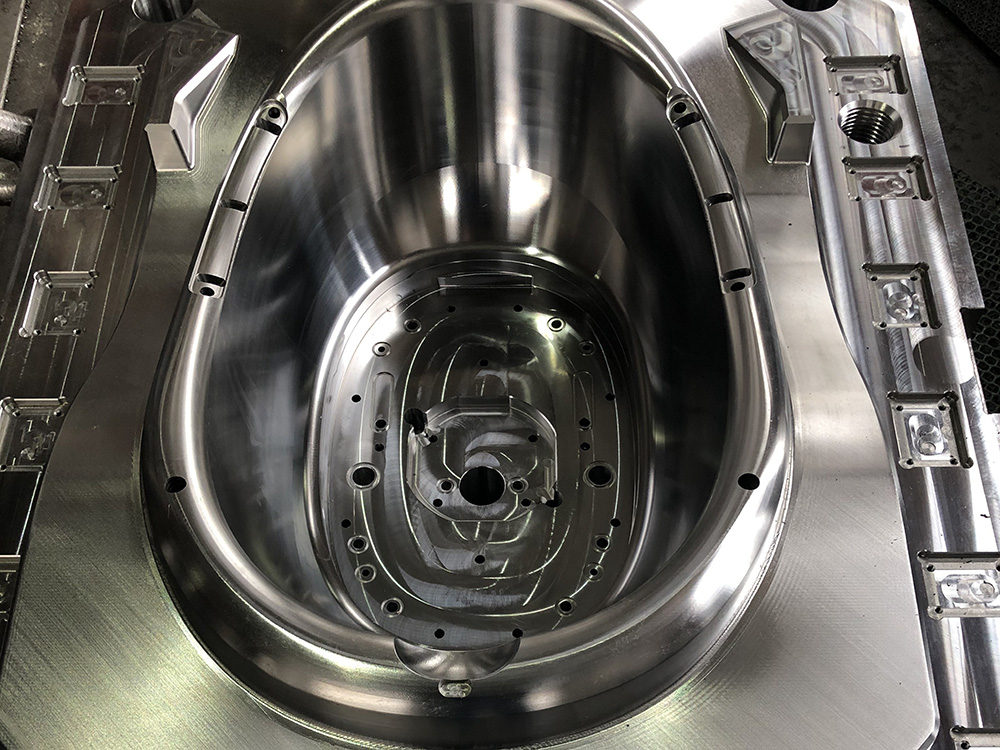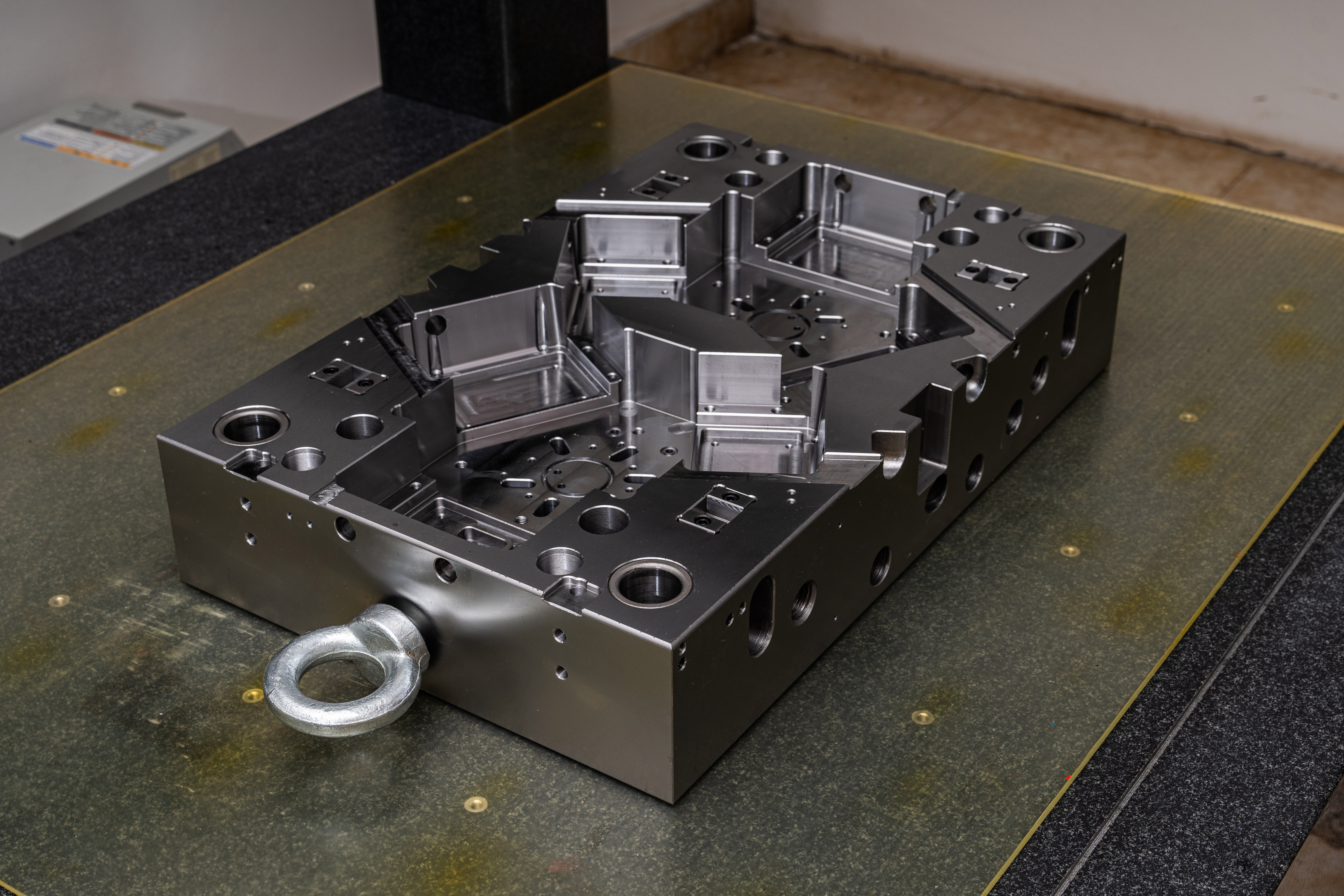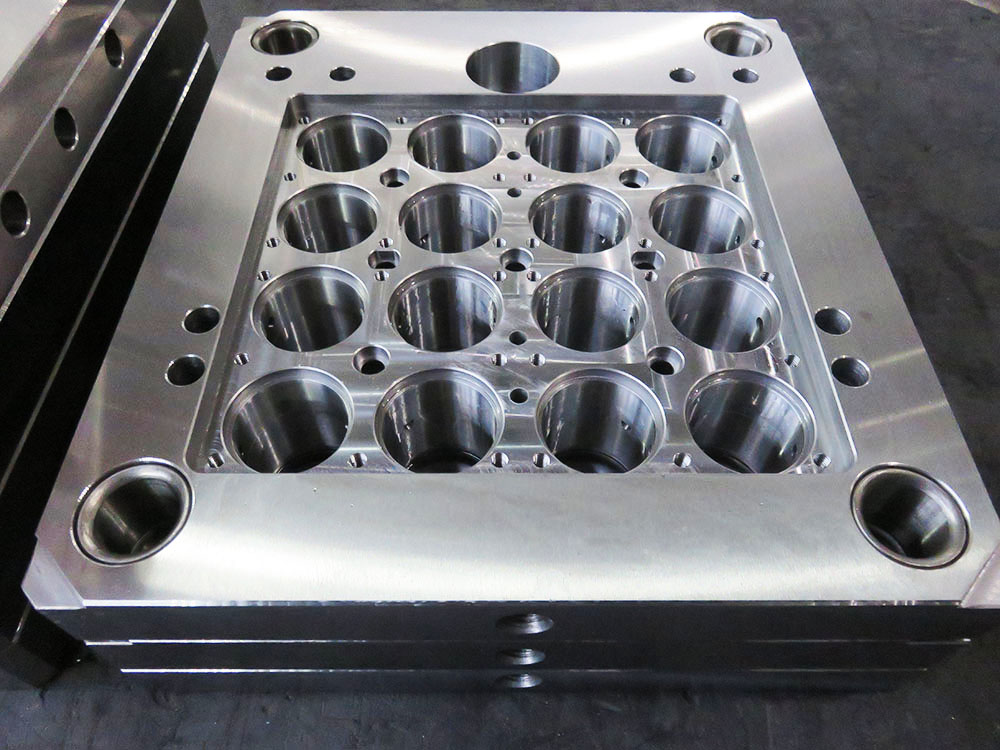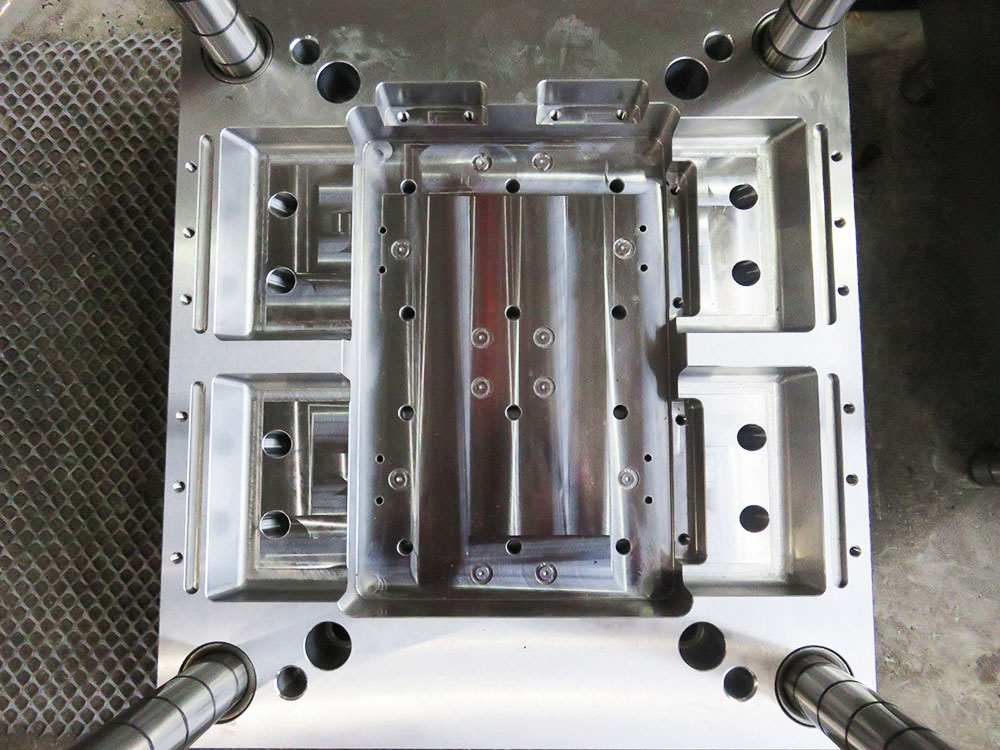How to select the size of a die casting mold frame
Introduction: Die casting molds are critical components in the production of various metal parts. The size of the mold frame plays a crucial role in determining the efficiency, quality, and cost-effectiveness of the die casting process. This article provides a comprehensive guide on how to select the size of a die casting mold frame.
1. Understand the product specifications
Before selecting the size of the mold frame, it is essential to fully understand the specifications of the product that will be manufactured using the die casting process. This includes factors such as product dimensions, weight, and complexity. Understanding these specifications will help determine the required size of the mold frame to accommodate the product.
2. Consider the mold cavity size
The mold cavity size is another critical factor to consider when selecting the size of a die casting mold frame. The mold cavity is the space within the mold where the molten metal is injected and solidifies to form the desired part. The cavity size largely depends on the size and complexity of the product. A larger mold cavity will require a larger mold frame to ensure proper containment and support during the casting process.
3. Account for shrinkage factors
During the cooling and solidification process, metal parts tend to shrink, leading to slight dimensional changes. It is important to account for these shrinkage factors when selecting the size of a die casting mold frame. The mold frame should be designed to accommodate the anticipated shrinkage to ensure that the final product meets the required specifications.
4. Consider the gating system
The gating system in a die casting mold is responsible for delivering the molten metal into the mold cavity. The design and size of the gating system impact the overall size of the mold frame. It is essential to consider the gating system requirements, such as the number and size of runners and gates, when determining the size of the mold frame.
5. Evaluate machine and production requirements
The size of the die casting machine and the desired production output should also be taken into account when selecting the size of the mold frame. It is important to ensure that the chosen mold frame size is compatible with the available machines and can meet the required production targets.
6. Seek expert advice
Designing and selecting the size of a die casting mold frame can be a complex process. It is highly recommended to consult with experienced professionals and mold designers in the industry. Their expertise and knowledge can provide valuable insights and guidance in making the right size selection.
Conclusion
Selecting the appropriate size of a die casting mold frame is crucial for the successful production of high-quality metal parts. Understanding product specifications, considering mold cavity size, accounting for shrinkage factors, evaluating the gating system, and assessing machine and production requirements are key factors in making an informed decision. Seeking expert advice can further enhance the selection process. By following these guidelines, manufacturers can optimize the die casting process and achieve efficient and cost-effective production.




